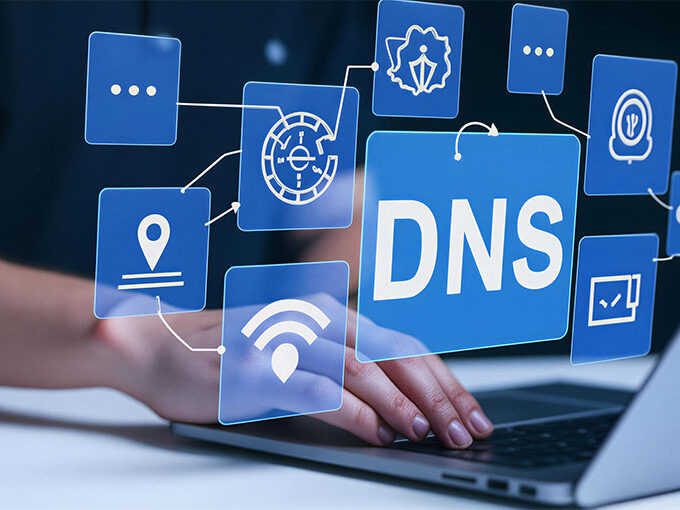Most cybersecurity vendors make broad claims about innovation. However, deception technology offers a distinct approach; one that can operate as intended in real-world conditions. Fidelis Security appears to have developed a mature solution in this area.
Traditional detection methods face inherent limitations. These are not necessarily due to weak tools, but rather the defensive posture organizations are forced into. Attackers maintain the advantage of choosing when and how to strike, creating an operational imbalance that has challenged security teams for years. Deception technology addresses this imbalance by altering how attackers perceive and engage with a network.
Why Traditional Detection Falls Short
In many cases, network perimeters have already been compromised well before detection occurs. Industry research, including IBM’s latest Cost of Data Breach Report, indicates that the average breach remains undetected for 287 days. This reflects a visibility gap rather than solely a detection issue.
Security teams often contend with alert volumes that obscure genuine threats. SOC analysts can be overwhelmed by false positives, while undetected attackers move laterally within the network.
Network detection systems frequently attempt to define “abnormal” behavior, but rapid shifts in baseline activity, driven by cloud adoption, remote work, and shadow IT, make this challenging. In such conditions, behavioral analytics risk becoming less reliable.
Also read: How Push Notification Overload Leads to Security Breaches
How Fidelis Deception® Actually Works
Fidelis Deception® employs an approach where the network surface is intentionally expanded with false assets that are indistinguishable from legitimate systems. Any interaction with these decoys is by definition malicious, which removes ambiguity in threat validation.
The system operates in three layers:
Network Discovery and Mapping
The platform passively maps the environment to catalog assets, applications, and topology. This process profiles both what exists and how it behaves, establishing a reliable operational baseline.
Intelligent Decoy Deployment
Decoys are deployed to blend into the network environment. These include simulated servers, databases, and user credentials designed to appear authentic while containing no operational value.
Strategic Breadcrumb Networks
Credential data, configuration files, and network shares are strategically placed within the real infrastructure. Attackers engaging with these resources are directed into the deception layer for immediate detection.
The 9X Detection Speed Claim: What’s Behind It?
Fidelis reports detection speeds up to nine times faster than traditional methods. The key factor is the direct nature of detection: interacting with a decoy immediately confirms malicious intent.
Conventional detection often requires aggregating and correlating multiple suspicious events over time, which can delay response by days or weeks. By contrast, deception technology produces binary, high-confidence alerts without extensive correlation processing.
In one case study, a large technology organization detected credential harvesting activity within hours, threats that had bypassed its EDR solution for months. However, effectiveness depends on attacker engagement with the deception layer; highly skilled adversaries may attempt to identify or avoid decoys.
Real-World Implementation Challenges
There are operational considerations that must be addressed for successful deployment:
- Maintenance Overhead: Decoys must evolve alongside the live network to remain convincing. Automated adaptation features reduce this effort, but ongoing oversight is still required.
- False Positive Edge Cases: While uncommon, certain legitimate activities, such as network scanning or system maintenance, can trigger alerts.
- Attacker Counter-Deception: Skilled adversaries may attempt to identify decoys through detailed probing or response analysis.
- Integration Complexity: Aligning deception alerts with SIEM/SOAR workflows requires planning to ensure proper response protocols.
The Economics Argument Makes Sense
Once attackers gain network access, their progression toward high-value targets typically increases their success probability. Deception disrupts this process by introducing uncertainty at each step, forcing attackers to verify asset authenticity, which increases their risk of exposure.
Data from a Fidelis-led Capture the Flag exercise found that 100% of participants were detected, with 66% engaging with decoys. This demonstrates that even experienced penetration testers can be drawn into well-designed deception environments.
Competitive Landscape Context
While other vendors also operate in the deception market, Fidelis differentiates through integration with its XDR platform. This linkage allows alerts to be correlated with endpoint and network telemetry, providing a unified incident timeline and additional context for investigation.
Also read: Preventing Data Breaches: A Guide for Businesses
Where This Gets Interesting for Organizations
Deception technology shifts security strategy from reactive monitoring to active adversary engagement. Instead of waiting for anomalies to surface, it compels attackers to reveal themselves.
Key benefits include:
- Reduced Dwell Time: Faster detection compared to traditional methods.
- Higher Alert Fidelity: Minimal false positives due to the malicious nature of decoy interaction.
- Threat Intelligence Gains: Observation of attacker behavior within decoys informs broader defense strategies.
- Deterrence Effect: Adversaries aware of deception deployment may reconsider targeting the network.
Implementation Reality Check
For effective deployment, certain steps are essential:
- Environment Analysis: Map the operational environment to determine where decoys will be most convincing.
- Decoy Strategy: Align decoy types with the organization’s operational profile for maximum believability.
- Integration Planning: Ensure SOC workflows can incorporate and act on deception alerts.
- Ongoing Tuning: Update decoys as the network changes to maintain credibility.
The Future of Proactive Defense
Deception technology continues to evolve beyond static honeypots. Future advancements may leverage AI to dynamically adapt decoys in real time, increasing their authenticity as attackers interact with them.
The core principle remains: detection is achieved by prompting adversaries to take actions that identify them.
Bottom Line Assessment
Fidelis Deception® is a mature platform that provides high-confidence alerts and faster detection timelines. Case studies across technology, finance, and healthcare sectors indicate tangible operational benefits.
However, adoption requires a deliberate strategy, proper integration, and ongoing operational support. While not a universal solution, deception technology represents a significant advancement in proactive defense.










Leave a comment